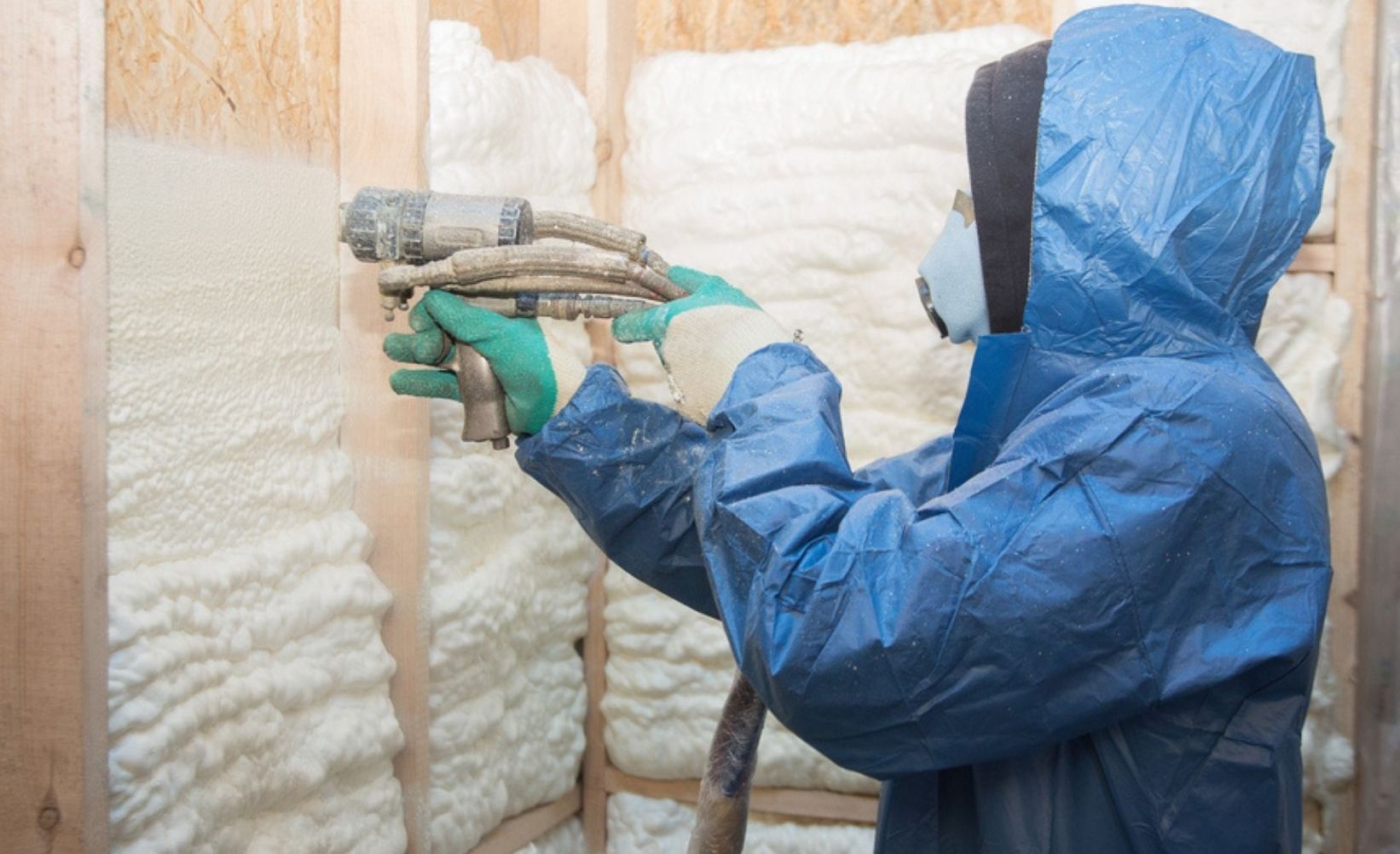Spray foam insulation has emerged as a revolutionary solution in the realm of energy-efficient building practices, offering exceptional thermal performance, air sealing capabilities, and structural support. Beyond its immediate benefits, the longevity and durability of spray foam insulation make it an attractive choice for preserving the comfort and energy efficiency of buildings for posterity. When applied, the liquid foam expands and fills every nook and cranny, creating an unbroken barrier that prevents air infiltration and heat transfer. This monolithic nature of spray foam eliminates the gaps and seams that can develop in traditional insulation materials like fiberglass or cellulose. These gaps in conventional insulation can lead to air leakage, allowing conditioned air to escape and outdoor air to infiltrate, ultimately leading to energy inefficiency and discomfort. Spray foam’s ability to create a continuous thermal envelope ensures that the insulation’s performance remains consistent over time, contributing to the long-term energy efficiency of a building.

Additionally, spray foam insulation boasts remarkable adhesion properties, adhering tenaciously to a variety of surfaces including wood, concrete, and metal. This adhesion helps to create a robust and durable bond that resists sagging, settling, or shifting over time. Traditional insulation materials, on the other hand, can compact or shift within wall cavities, diminishing their effectiveness and necessitating maintenance or replacement. The long-lasting adhesion of spray foam contributes to its ability to retain its insulating properties for decades without requiring extensive upkeep. The cellular structure of spray foam insulation also plays a crucial role in its longevity. The closed-cell and open-cell varieties offer distinct advantages, both contributing to durability in their own ways. Closed-cell spray foam, with its compact and rigid structure, provides excellent structural support to walls and roofs. This structural enhancement can contribute to the overall stability of a building, potentially extending its lifespan. Open-cell spray foam, while less dense, remains effective as an insulator and provides flexibility that can accommodate a building’s natural movement without compromising its sealing properties.
Furthermore, spray foam’s resistance to moisture is a key factor in its durability. Unlike traditional insulation materials that can become compromised by water infiltration, spray foam’s impermeable nature prevents moisture from seeping in, which can otherwise lead to mold growth, rotting, or the degradation of insulation effectiveness and go to website. This resistance to moisture not only safeguards the insulation itself but also protects the structural integrity of a building, contributing to its long-term viability. To ensure the full preservation of spray foam insulation’s longevity, proper installation by trained professionals is crucial. While the material itself offers exceptional properties, incorrect installation can lead to problems down the line. For instance, improper mixing of the components during application can lead to uneven expansion and reduced insulation effectiveness. Hiring certified and experienced installers can significantly mitigate such risks, ensuring that the spray foam insulation performs optimally and maintains its durability for years to come. As technology and techniques continue to advance, spray foam insulation is poised to remain a cornerstone of sustainable and enduring construction practices, leaving a lasting legacy of efficient and comfortable spaces for posterity.
